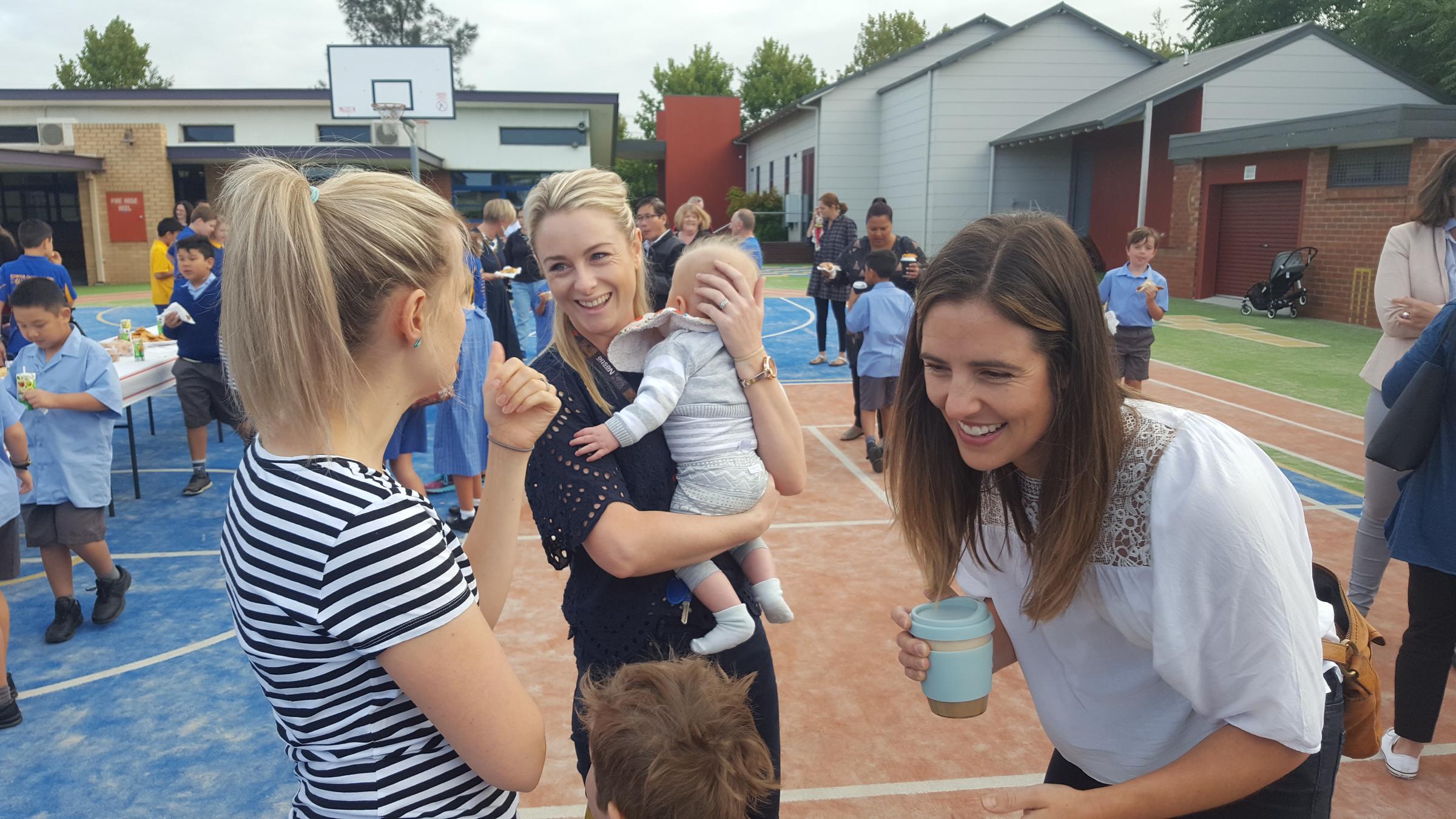Parent Partnerships

Unearthing kids’s strengths
Personality strengths – our character – play a big role in helping us build our talents. Think about anyone who has built a talent and imagine if it could have been done without character. Imagine Einstein without curiosity, The Beatles without creativity, Mother Teresa without compassion or Neil Armstrong without bravery.
Yet for decades, scientists were blind to character strength. We focused on talent, often on physical strength and skills. In fact, when I first ask young children what they think a strength is, they almost always point to their biceps or talk about being able to lift something heavy.
Once you get familiar with the language of strengths and a framework for seeing them, you’ll see character strengths easily in your child. In fact, you may find your child calls on their character strengths more often than on talent to meet life’s challenges.
Three key elements of a strength
You’ve probably seen a child joylessly perform at a piano recital. They may hit all the right keys, but there’s no energy or enthusiasm. It’s as if they don’t want to be there. On the flip side, we’ve seen the child onstage who’s clearly motivated and energised and who fearlessly flails through every mistake – of which there are many.
It turns out that three elements come together to form a strength. For purposes of strength-based parenting, we need to keep our eye on all three:
1. Performance (being good at something).
Watch for when your child shows above-age levels of achievement, rapid learning, and a repeated pattern of success.
2. Energy (feeling good doing it)
Strengths are self-reinforcing. The more we use them, the more we get from them. They fill us with vigour. You’ll notice your child has abundant energy when using a strength.
3. High use (choosing to do it)
Finally, look for what your child chooses to do in their spare time, how often they engage in a particular activity, and how they speak about that activity.
For true strengths, these three elements form a beautiful feedback loop: great performance provides the child with a shot of high energy, so the child naturally chooses to do more. In turn, high use – also known as effort or practice – improves performance levels. So, for example, if you notice that your child is energised when they play the piano, and you provide enjoyable opportunities for them to play, if they’re mining a true strength they will likely practise more, which improves their performance, which then energises them … and so the loop continues.
Keeping this triad in mind will help you avoid pushing your child into an area that seems like a strength just because your child is good at it. It will also help you differentiate between whether your child is bingeing on an activity in an escapist way or expressing a true strength.
For example, when a parent asks me, ‘My son is great at computer games and wants to play all the time. Is that a sign of a strength?’ I reply, ‘Observe his energy levels at the end. Is he drained and cranky? Or energised and full of life? Are you seeing the full triad?’ Computer games can tap into a child’s strategic and problem-solving skills or stimulate creativity (in some games, you invent whole new worlds). Or they might just be about filling time.
So look for all three signs. When you see your child do something well, with energy, and repeatedly, you’ll know you’ve unearthed a strength.
Professor Lea Waters (PhD)
Lea is the best-selling author of The Strength Switch, the President of the International Positive Psychology Association, and the founding director of the Positive Psychology Centre at the University of Melbourne. For further details visit leawaters.com.

